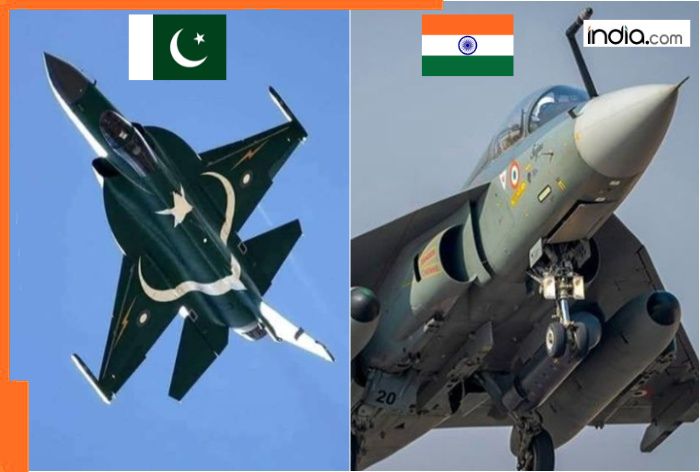

As tensions escalate in the Indo-Pacific region, India's air force is grappling with a critical shortfall in its operational capabilities. Currently, the Indian Air Force (IAF) operates only 31 active squadrons, significantly below the sanctioned strength of 42. This marks the lowest number of squadrons since the 1965 war with Pakistan, raising concerns about India's preparedness against the dual threats posed by China and Pakistan [248dbf4c].
In a significant development, Pakistan is modernizing its armed forces, particularly the Pakistan Air Force (PAF), by acquiring 40 Shenyang J-35 stealth fighter jets from China. This deal, initiated in January 2024 by PAF chief Air Chief Marshal Zaheer Ahmed Baber Sidhu, is expected to enhance Pakistan's air capabilities within two years. Experts predict that this acquisition could provide Pakistan with a strategic edge over India for 12 to 14 years, although some assessments suggest a timeframe of 7 to 8 years [a2147eca].
Delays in the production of fighter jets, particularly the Tejas light combat aircraft, have exacerbated India's situation. Air Chief Marshal A.P. Singh has emphasized the urgent need for private firms to collaborate with Hindustan Aeronautics Limited (HAL) to expedite the production process. While India maintains an edge over Pakistan with its fleet of 36 Rafale jets, this advantage could diminish if Pakistan successfully integrates the J-35 into its arsenal [248dbf4c].
China's military capabilities are formidable, with approximately 250 J-20 stealth fighters currently in service. In contrast, India's defense spending remains relatively low, investing less than 2% of its GDP in defense. This is concerning given that India is the world's largest arms importer, accounting for 9.8% of global arms imports from 2019 to 2023 [248dbf4c].
To address the shortfall, the IAF is set to receive 16 Tejas LCA Mk-1A aircraft by March 2025. However, the retirement of two squadrons of MiG-21s in 2025 and Jaguars in 2030 poses further challenges. HAL is currently facing delays in delivering engines due to supply-chain issues, which could hinder the timely induction of new aircraft into service [248dbf4c].
Analysts have called for an accelerated development of advanced weapons technology to ensure that India can effectively counter the growing military capabilities of its neighbors. As the geopolitical landscape continues to evolve, India's air force must adapt and modernize to maintain its strategic edge [248dbf4c].